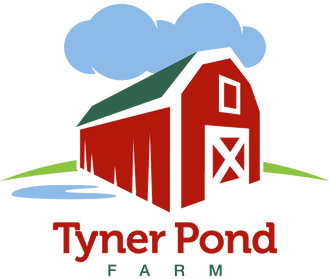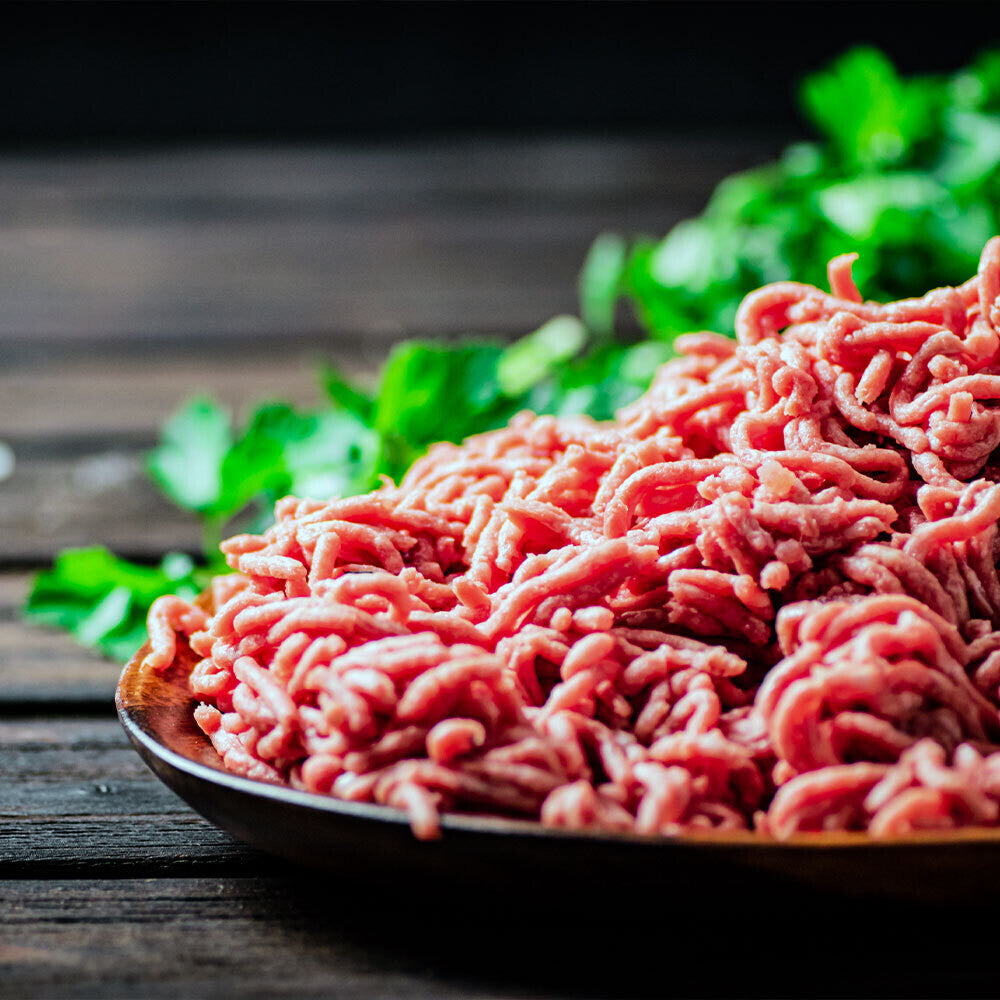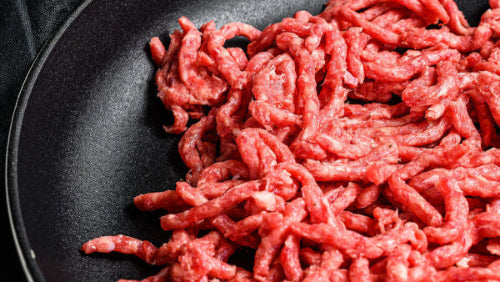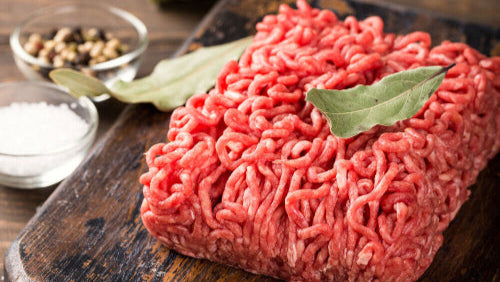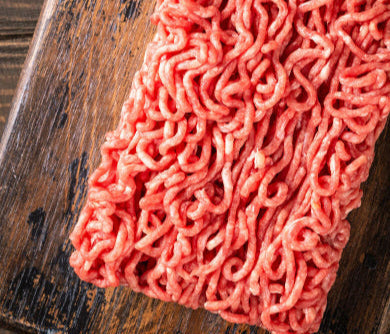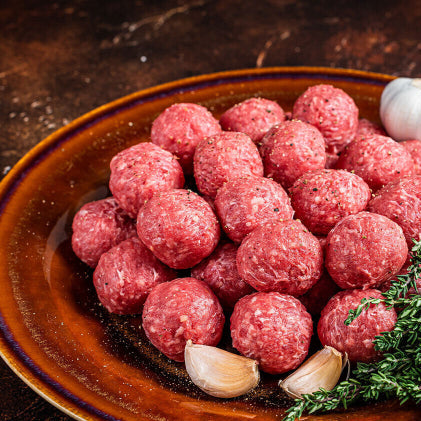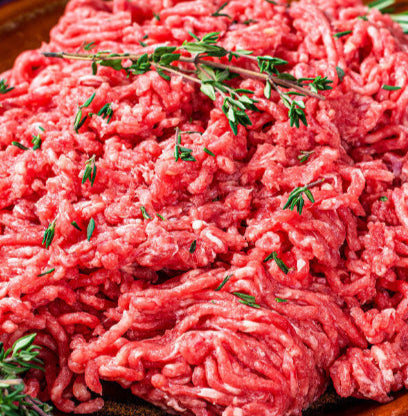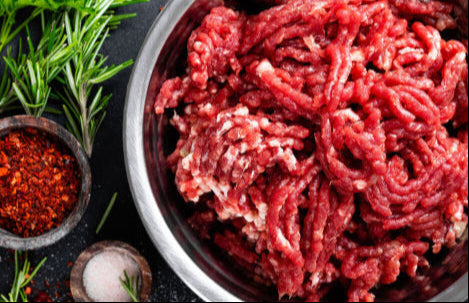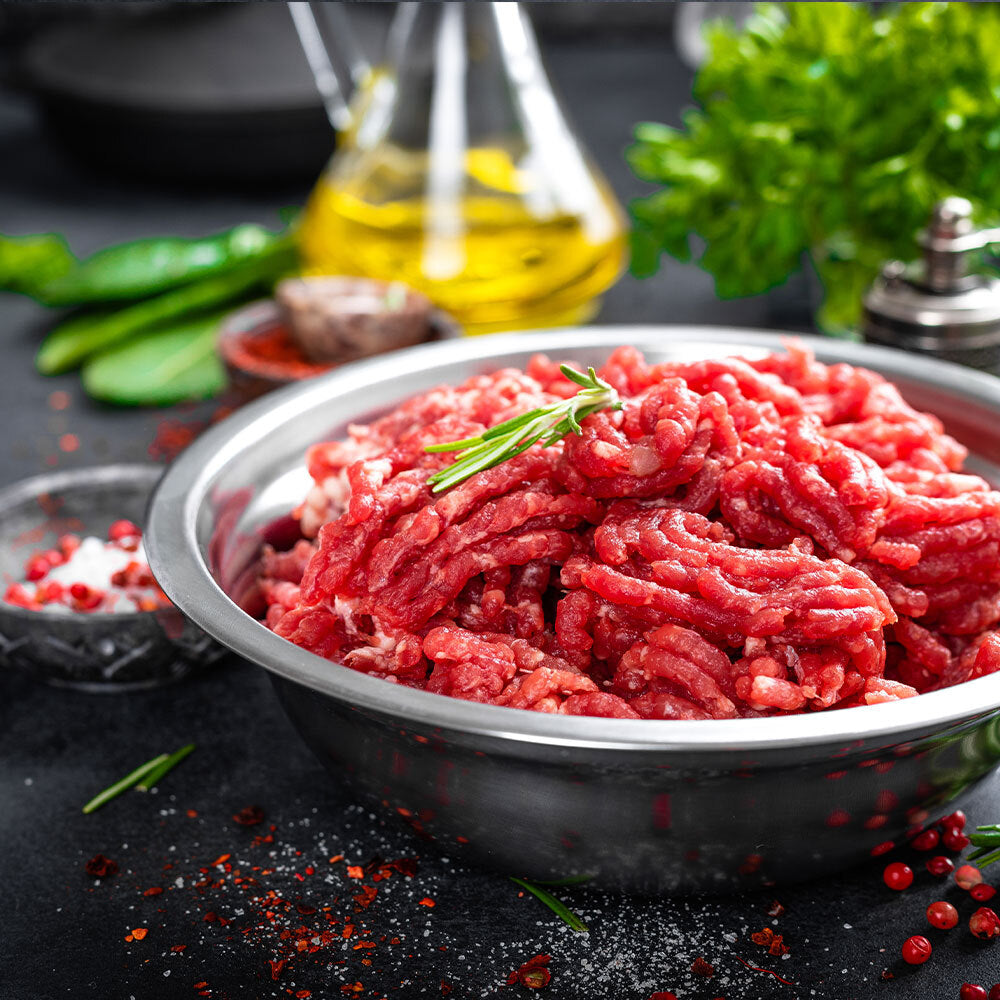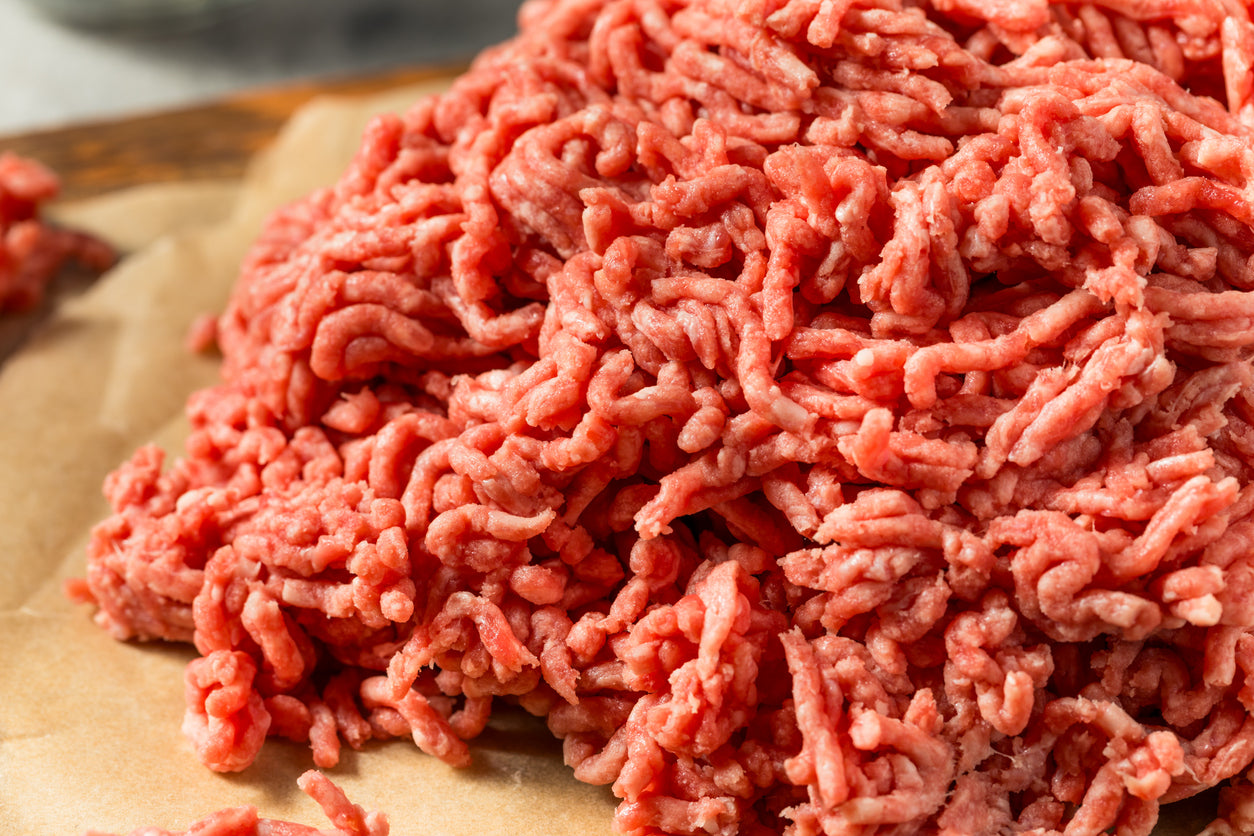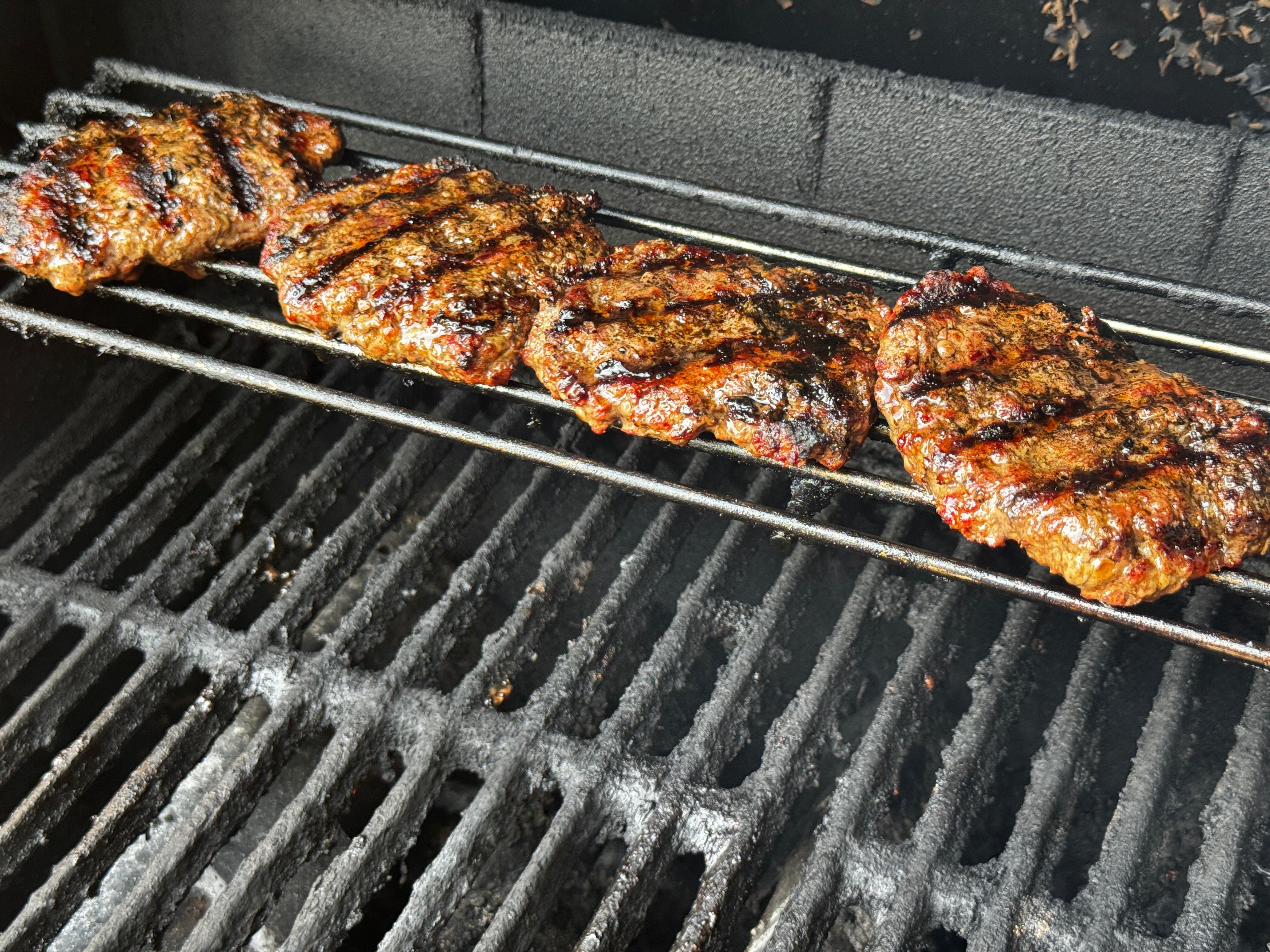
You Know You Should Be Using Your Cast Iron Skillet More, But You’re Not
You might be as frustrated as I was. You know you should be using your cast iron skillet more.... but you’re not.
It was a mental struggle for me, People happily used cast iron cookware for minimally hundreds of years and probably thousands. I read a lot of old farm and cookbooks and have never seen even a hint of dissatisfaction with their cookware? So why do we all avoid using our Cast Iron??
Then I had my epiphany (a sudden realization of great truth) Here’s what happened, and you should NOT feel guilty about avoiding your cast iron pan.
How Did They Do It?
Before the 1960s, almost everyone cooked with cast iron. These skillets were a staple in kitchens across the country, valued for their durability and superior cooking performance. However, with the invention of Teflon and other non-stick coatings, there was a significant shift away from cast iron. These new products promised convenience and ease of use, which appealed to many home cooks. Now, with increasing awareness of the potential dangers of chemical coatings, such as those found in Teflon, there’s a growing desire to return to cast iron cookware. However, many people find this transition challenging for reasons we’ll explore.The Benefits of Cast Iron
Cast iron skillets offer several undeniable benefits. They excel at evenly distributing heat, ensuring your food cooks uniformly. This makes them perfect for searing meats, frying vegetables, and baking. Cast iron skillets are also incredibly durable, often lasting for generations with proper care. Over time, a well-maintained cast iron skillet develops a natural non-stick surface, free from synthetic coatings. This durability and performance make cast iron an essential tool in any kitchen.Nutritional Benefits
Cooking with cast iron skillets can also boost your iron intake. Trace amounts of iron are released from the skillet into the food, which can be beneficial, especially for those with iron deficiencies. This natural supplementation is a simple way to increase your dietary iron without taking supplements.What Changed? It was the Shift from Animal Fats to Vegetable Fats!!
The one fundamental change that has made cooking with cast iron more challenging: the move from animal fats like tallow and lard to vegetable fats. Traditional fats such as tallow and lard are ideal for cast iron cooking. They have high smoke points and create a durable, non-stick surface when used for seasoning. Vegetable oils, on the other hand, don’t season cast iron as effectively. They often have lower smoke points and can leave a sticky residue, making cast iron care much more difficult.Why It Matters
- Inconsistent Seasoning: Vegetable oils do not polymerize as well as animal fats, leading to uneven seasoning. Polymerization is the process where oil is heated and bonds with the metal surface to create a hard, non-stick layer. Animal fats, like tallow and lard, have a higher saturated fat content which makes them more stable and effective at forming this hard, protective layer. Vegetable oils, with their higher polyunsaturated fat content, don’t bond as well, resulting in a less consistent and weaker non-stick surface. This can make food stick more easily and requires more frequent re-seasoning.
- Cleaning Concerns The perception that cast iron is hard to clean often comes from improper seasoning. When seasoned correctly with tallow or lard, cleaning cast iron is straightforward and hassle-free.
- Fear of Rust Properly seasoned cast iron resists rust, but the lower quality seasoning from vegetable oils can make rust more of a concern. Using tallow or lard helps create a more robust, protective layer.
The Solution: Return to Traditional Fats
To truly enjoy the benefits of cast iron cooking, consider returning to traditional fats. Tallow and lard, made from beef suet and pork leaf fat, not only enhance the performance of your cast iron skillet but also improve the flavor and texture of your food. These fats are ideal for high-temperature cooking, providing a stable and reliable cooking medium that vegetable oils simply cannot match.Creating a Hard, Protective Seal
One of the unique advantages of tallow is that it hardens when it cools. This creates a tough, durable coating on your cast iron skillet, effectively sealing the surface. This hard seal not only improves the non-stick properties but also provides an extra layer of protection against rust and wear. At Tyner Pond Farm, we raise our livestock sustainably and provide high-quality beef suet and pork leaf fat for making your own tallow and lard. By switching back to these traditional fats, you can simplify your cast iron care, enhance your cooking, and support sustainable farming practices. Using your cast iron skillet more and seasoning it with tallow or lard can transform your cooking experience. It’s time to embrace the benefits of traditional fats and make the most of your cast iron cookware.
Previous post
Summer Steak with Local Corn and Heirloom Tomatoes
Next post
